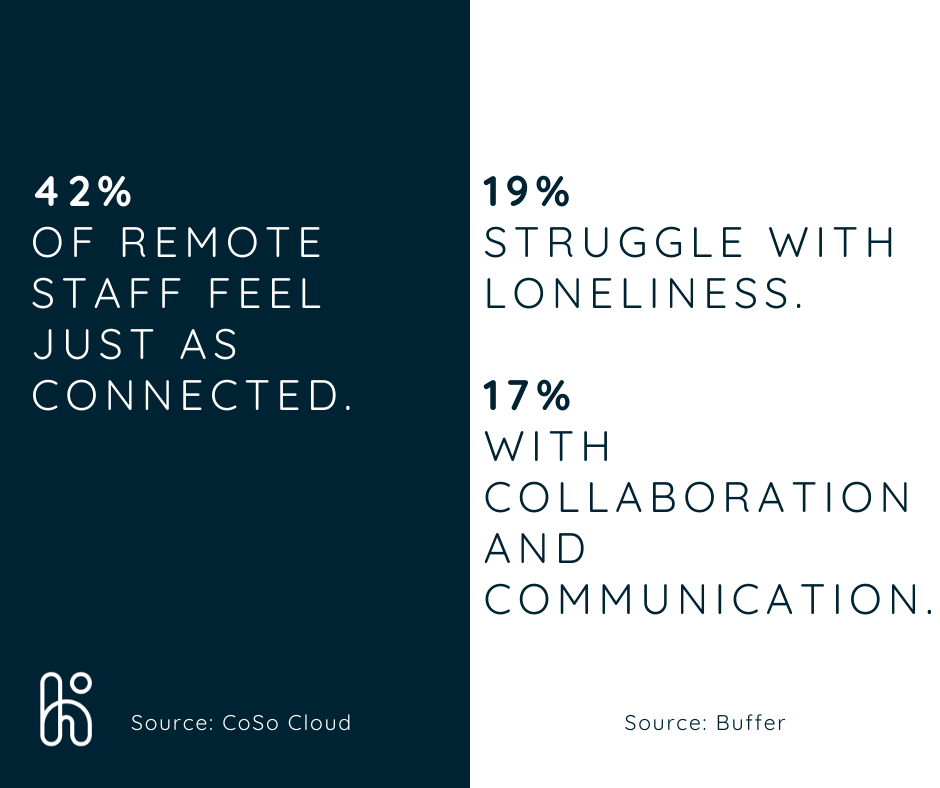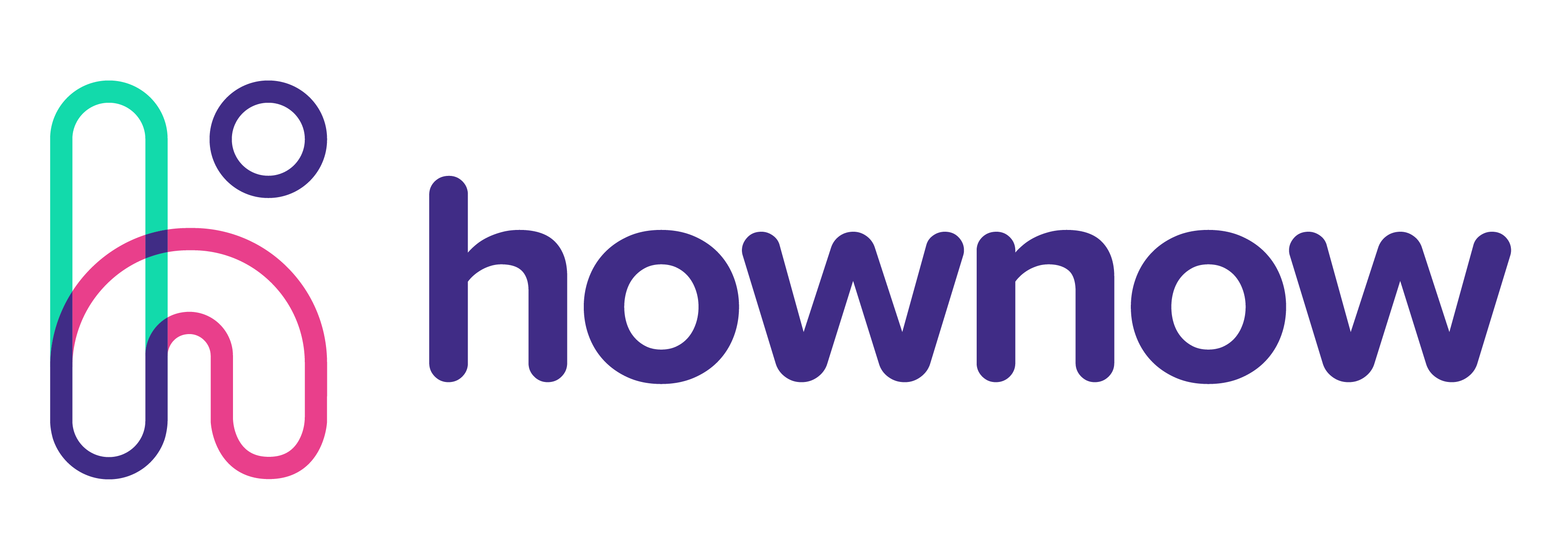Are you onboarding remote employees in the right way?
Is your remote onboarding process going to be smooth and enjoyable or a lonely and difficult experience? It might sound extreme, but you do really have a choice! The word itself has two connotations, one good and one bad. If a travel agent told you an island was remote, you’d probably love the sound of it, but if a sceptical estate agent warned you off a property that was too far from civilisation, you probably wouldn’t move in.
The numbers back up this idea too! While a CoSo Cloud report revealed that 42% of remote staff feel just as connected, Buffer’s research revealed that 19% and 17% struggle with loneliness and collaborating and/or communication, respectively. It all depends on the experience, hence why we’ve put together our advice to make sure your remote onboarding is more holiday than house-hunting.

Get your house in order before their first day
A first impression is even more important in a remote setting because there’s no human interaction to ease any technical issues or delays. You’ve got to make sure they have the right tools and accounts accessible from day one, with a clear timeline and schedule for at least the first week or two. It’s easier to prepare those passwords and plan coffee catch-ups in advance.
In general, you should also decide on how long the onboarding experience will last, determine any milestones or goals during that period, and communicate that clearly. You can’t underestimate the effect of lingering anxiety or uncertainty, so it’s best to banish that with a structured plan.
Don’t bother with a checklist (in the literal sense)
The thing with a checklist is that somebody’s going to need to tick all those boxes. Wouldn’t it be better to use software or a platform that connects employees with the resources they need and measures their progress? That’s how we do things at HowNow!
Creating a custom onboarding or training course for a new joiner enables them to learn what they need at their own pace while making their progress visible to. It’s like a checklist, just without the effort. And it means they’ll have to ask fewer questions, which can a bit daunting for new staff and remote workers. Maybe that time saved could be used to connect more personally?
Mix business with pleasure
That brings us nicely to the idea that getting to know the people and company culture is just as important as understanding how to perform their role. Remember, those that struggled with remote onboarding cited loneliness and collaboration as the key issues. Combat this by ensuring personal connections are made during those early days.
You can ask staff to leave a welcome message in whichever platform they’ll be using on their first morning, schedule meetings that are solely about getting to know each other or even ask that new team member to send a personal introduction to create some talking points. The importance of these exercises in breaking down communication barriers for work-related issues shouldn’t be underestimated either.
Connect them with the right resources
We touched on this already, and you might have wondered what the right resources are? Honestly, it depends on the employee and the role they’ll be performing, and it’s why it’s so important that your onboarding plan is customised for each person. For example, if somebody is joining your customer service team, but they’ll be focused on a particular industry or type of customer, they’d arguably benefit from slightly different materials, guides and resources than the last person that joined.
This is about your new joiners and not us, but we can help make this process a little less daunting or complicated. In HowNow, you can combine your best internal resources with top-notch external learning materials and create courses that wow the newest members of your team and old heads alike.
Assess the skills developed and things learned
What’s more important during the onboarding period, the employee’s tangible work output or the skills they’re developing and things they’re learning? Arguably, it’s the latter in the long-term, but remote onboarding adds the challenge of being unable to see their progress for yourself or pick up feedback from their colleagues.
It’s why assessments are so important! How you do this is entirely up to you, you can use your LMS or an intelligent learning platform like HowNow to combine the learning materials and tests in one place, hop on a call or send over a form. The first option sounds best to us…
Catch up regularly and collect feedback
Ask for feedback and do it regularly, especially when your remote workers are fresh to the company. Firstly, you can catch any of their concerns or struggles and adjust before they become bigger issues, and you’ll capture outside insights before they enter your company’s bubble. Additionally, by collecting their thoughts at the end of the onboarding process, you can use that to refine your approach for the future.
We could tell you to ask some fairly mundane questions, like what could we have done to improve the experience? or how do you feel it went? but surely there are more specific questions that could give you better insights! Plus, it would be a shame for your amazing onboarding experience to end on such an uninspiring note.
The quality of answers is often dictated by the quality of your questions. Why not ask them what advice they’d give to the next remote team member? Or the resource and meeting they found to be most useful in settling in? Which platform was most difficult to get to grips with? You get the picture.
Nobody said remote onboarding was easy, but perhaps we can help make it a lot easier? Drop us a message today and we’ll get in touch to discuss how.







